"Dive into the world of trio yoga: where balance meets friendship, and every pose tells a tale of teamwork. Join us as we stretch, strengthen, and soar together in harmony!" yoga poses for 3 people
Table of Contents
Don’t stop here! Discover more ways to enhance your bond with our article on 2 person partner yoga to enhance bonding

Benefits of Yoga Poses for 3 People
1. Enhanced Teamwork and Collaboration
It takes a lot of planning and teamwork to do yoga poses with three other people. This helps the team work better because everyone has to know about and work with the others. This group effort makes the bonds between people stronger and promotes a sense of unity.
2. Improved Communication
For three-person yoga moves to work, everyone must be able to communicate clearly. To keep everyone in sync, practitioners must always say what they are planning to do, how they are moving, and any changes they need to make. This practice can help you in other parts of your life by making your spoken and unspoken communication better.
3. Increased Trust and Support
In Yoga Poses for 3 people you often have to support and balance each other’s weight. Participants learn to trust each other very quickly because they have to rely on each other physically. Being able to keep your balance and steadiness together builds a sense of trust and support between people.
4. Strengthened Relationships
Doing yoga with two other people is a great way to get to know each other better. When you do poses together, you can share your struggles and successes, which can make your relationships and friendships stronger and more linked.
5. Enhanced Physical Fitness
Yoga poses for three people can be more demanding than individual or partner poses, providing a comprehensive workout. These poses improve flexibility, strength, and balance. The need for precise movements and stability enhances muscle tone and overall physical fitness.
6. Increased Flexibility
Three-person yoga poses often involve deep stretches and unique positions that require flexibility. Regular practice helps improve joint and muscle flexibility, making it easier to perform everyday activities and reducing the risk of injuries.
7. Better Balance and Coordination
Balancing in three-person poses requires heightened awareness and coordination. Practicing these poses improves proprioception (the sense of body position) and enhances overall balance and coordination, which are beneficial for various physical activities.
8. Enhanced Mindfulness and Focus
Mindfulness is naturally a benefit of yoga, and three-person poses make this effect stronger. The people taking part must pay full attention to their own moves and the movements of their partners. This technique makes you very aware of the present moment and clears your mind.
9. Stress Reduction
Yoga is known for its stress-relieving benefits. Practicing with two other people adds a layer of social interaction and support, which can further enhance the stress-reducing effects. The physical activity, combined with the camaraderie, promotes relaxation and reduces anxiety.
10. Fun and Enjoyment
Getting into the yoga practice with family or friends makes it more fun and enjoyable. Three-person poses are different, and doing them with a friend makes the practice more fun and interesting. This fun part makes people more likely to practice regularly and have a good attitude about exercise.
By incorporating yoga poses for three people into your practice, you can experience these multifaceted benefits, enriching both your physical and social well-being. Whether you’re looking to enhance fitness, build stronger relationships, or simply enjoy a fun and engaging activity, three-person yoga poss offer a unique and rewarding experience.
Safety Precautions
Before you start group yoga, you need to make sure that safety and awareness are always top of mind.Being honest with your partner about any pains or physical limitations is important. Set clear boundaries and signs for each person to feel safe and give their consent. No matter how you play, make sure you don’t break the rules and get permission first.Start with cornerstone poses and move on slowly, paying attention to your body’s needs and limits at every turn.
Roles in yoga poses for 3 people
Acro yoga doesn’t have a single leader. Instead, different people play or step in at different times, keeping the exercise balanced and harmonious. In yoga practices for three people, these are their main roles. In yoga practices for three people, these are the main roles of each person.
The Base
A stable base that holds the person in place during the acroyoga poses protects them from getting hurt or falling.They can usually play this card by standing straight on the ground or even by using their feet, hands, or any other part of their body to support the weight of their partner.The goal of the pedestal is to create a strong, stable, and steady base for the broad, which will hold the few flyers in different poses.
2. Flyer:
Based on flips or inversion poses, the flyer is someone who is lifted and held up by a base.They often move, transfer, and balance while relying on the stable, well-built base for support.The flyer’s job is to pay close attention to how their body is aligned, tighten their abs and check with their partner to make sure they are both aligned.
3. Spotter:
Even though spotters aren’t required in acro yoga, they can help keep you safe and boost your confidence, especially when you’re doing difficult moves.The spotter’s job is to help, teach, and cheer on the base and flyers as needed.One of their jobs is to help the students learn in different ways, such as by using piny voice or vocal cues, or just by watching to make sure they are safe.
The acro yoga class requires active participation and also a joined effort from each participant to develop a seamless joint practice. Through collaboration with trust, communication, and giving mutual respect the participants can find freedom in movement, connection, and a way of seeing things that are not easy in acro yoga.
Top 6 Yoga Poses for 3 People
Plank Trio
Plank trio is a pose in which three people stand in a stable, level plank position together.Power, coordination, and teamwork are just a few of the different parts of this outdoor activity that are meant to push players and bring people together.

Instruction
1. First, want to bring everyone into the plank position with their bodies aligned in a straight line from head to heal. The upper body should be held in a straight line by placing the hands directly under the shoulders. The core muscles should be used to support the spine.
2. Then everyone will take the designated space, and the person in the middle (Partner B) will be stretching the arm in one direction and reaching out toward the hand of Partner A, while simultaneously doing the same with the opposite arm and reaching toward the hand of Partner C.
3. Partners A and C will shift their position only slightly to support the arms’ extension of Partner B; as a result, the whole group will remain in a press-up position throughout the planking task. It is a process that calls for good understanding among the participants and being in close contact with each other to expertly distribute the load.
4. Take the pose plank trio and hold it for several breaths, concentrating on keeping vertices and flatness. Utilize core muscles and make sure you are not slouching/arching your back.
5. To release the pose, with care lower the arms back to your plank position at starting and follow with rest before you change the position or repeat the pose.
The trio pose of the plank requires team work, good communications, and support to each other among those participating in group yoga. It is a good abdominal muscle exercise that also enhances the upper body with an emphasis on balance and coordination.
Downwards Dog
A moon-dog pose, also known as Adho Mukha Svanasana in Sanskrit, is one of the most common and well-known poses in yoga for three people. The back is shaped like an arch, making an upside-down “V” shape.A lot of people do this pose as part of their yoga routines. It helps people move from standing to more basic poses.Downward dog is good for you in many ways. For example, it stretches your back, legs, calves, and shoulders, and it strengthens your core and arms, including your shoulder.
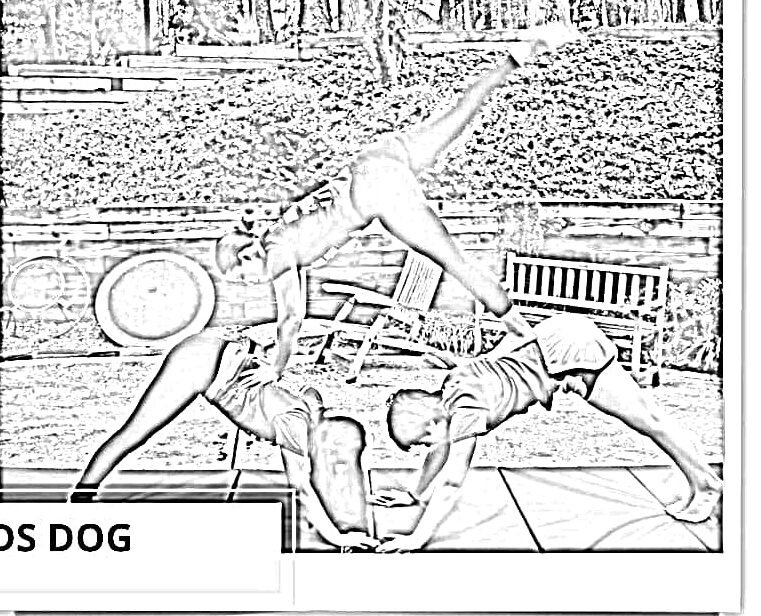
Instructions
- Two mates need to begin as one cow with their heads diagonally close together. Hereafter bend into a W standing on every letter of the W is the more flexible partner. He or she should be in between and above the heads of the two persons.
- The yogi should place their hands on the bottom of the partner on the right and then, simultaneously, swiftly go into a cow pose, backed by the two yogis.
- rapid transition into down dog brings into much the same position. To top it all off, the most skillful yogini can gracefully practice either a split-legged or a downward-facing dog.
Stand Up Bow Trio
A pose called Stand Up Bow (Instead) can help your back, hips, and blood flow in general. For you to be able to stay steady on one leg, you also need to be mentally balanced.
To start this pose, stand up straight. Then, fold the leg in front of you behind your back and put your hand in the space between your front foot and back leg.
Slowly, the straight leg is brought closer to the hand while being lifted from behind at the same time.This kind of bending must be at least 30 to 50 degrees or 50 to 90 degrees.The chemical substance matter yogis make sure that the back stays straight and aligned to the thighs.
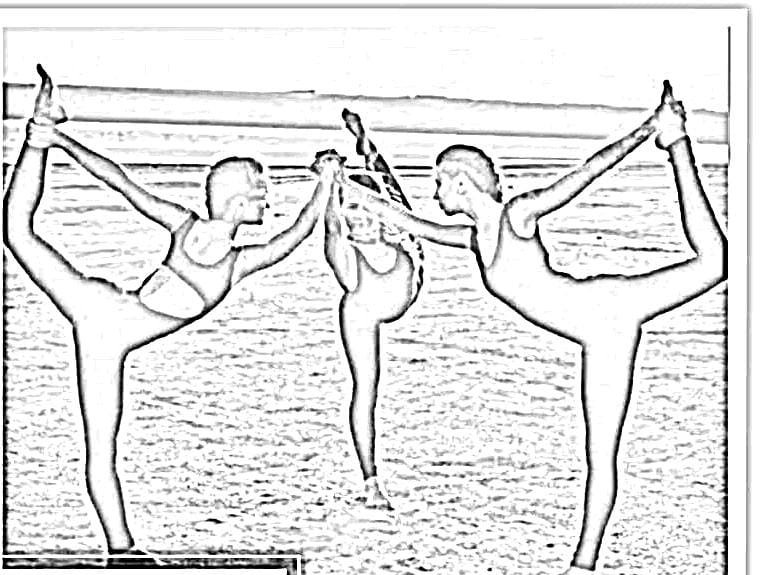
Instructions
- In addition to the bending of the knees as the bow is drawn, a good archer must also master the maintenance of balance after the bending process. Yoga 3 is the combination of very tough yogas. The person who is doing this yoga practice on a regular basic has found it helpful in improvement.
- The three clients form a circle and stand centrally to each other at a chosen foot length apart. The instructor slowly walks us through the pose in which to raise our hands to our chest, and without noticing we very peacefully rest them there at the center, providing a gratifying support.
Stacked Plank
In this variation of the acrobat plank, people stack one over the past two. Technically, it involves, a base for two and a flyer for two.
Oh stop, how could that work, there are only three of you?
The person working in the middle acts as both a visiting rider and a base. They struggle to glide through the air while supporting the heavier glider.

Instructions
- The practitioner should firstly get into Plank Pose for a good base.
- The second person should now place his both hands on the base’ ankles and the feet should be placed on the base’ shoulders. The plank position with the front facing the opposite side should be assumed by the person.
- Similarly, the third man (flyer) needs to very cautiously go up on the hill by climbing trying every time to face the same side where the bottom side of the hill was.
Double Front Bird
Here’s a version for 3 person yoga pose, which adds up to a class-acro yoga pose but with an extra flyer.
These kinds of acrobatics need twice as much force and teamwork from the base, and both flyers have to work hard to make moves.
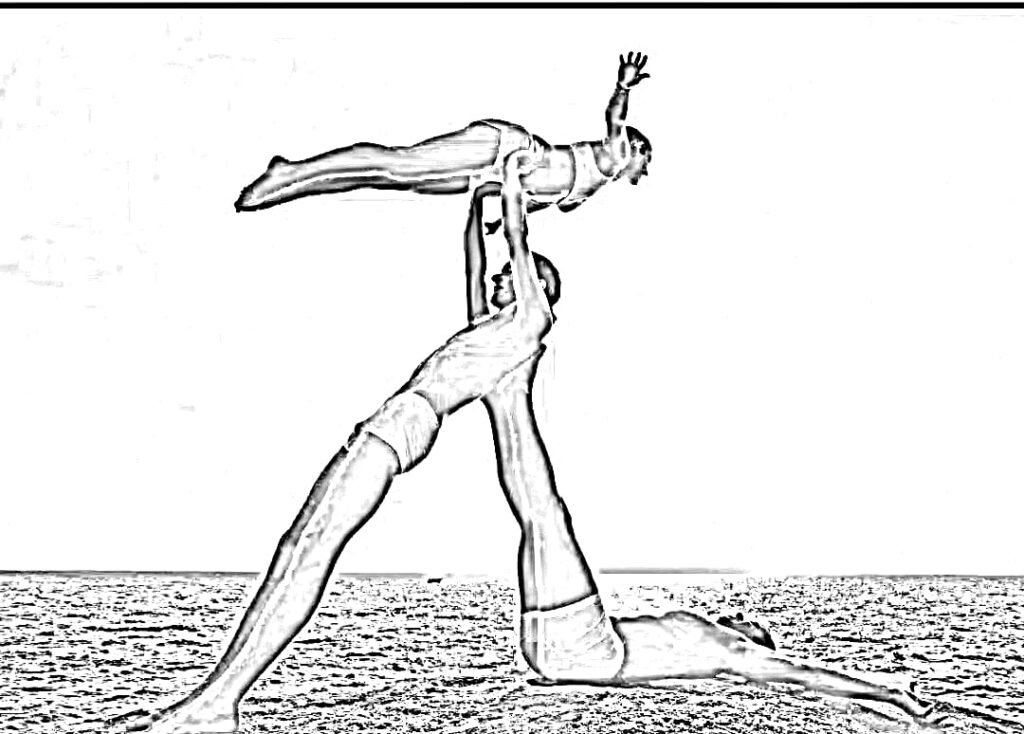
Instructions
- Meanwhile, the flyer, whose feet are fixed around the base’ hip, provides the support, and it is they who may lean forward. When the base in a aerobatic routine extends their legs at an angle of 90 degrees, the flyer is required to stiffen the legs and the trunk into a straight line.
- The flyer should first make sure that the balance is well established. The second step will be the tag-linking of the hands of the flyer and the base and let go of the hands. From there, the flyer should stretch their arms at the back.
- The second flyer needs to employ a delicate approach of avoiding collision into any other flyer while at the same time suppressing fear and creating stability and concentration on the other flyer’s concentration.
- It may suit both flyers to start on the center line, with their legs close. Then the base can put its hands on the second flyer’s hips and push its arms straight up. Standing on either side of the turn, the flyer may need to rest their hands on the base`s head to maintain their balance.
- The second flyer can reach a straight position of the body by transference of the weight in their hands to the base. Then they can elevate their torso and extend legs into a straight position. Then everyone is up, with arms stretched immersed in the rays of sunshine, the flyer can let go and soar high above.
Laid Over Trio
This is one of the yoga poses that really makes you strong and helps you keep your balance.
To make the magic, you will need Viparita Karani, which is a healing yoga pose with legs raised to a 90-degree angle and the back flat on the floor, and Shavasana, which is the most relaxed yoga pose that comes after it.

Instructions
There are two bodies flexed on the earth, only human necks a distance away from each other. They bend the knees a bit and then support their legs with the first person there who gets fully stretched after that.
The technique ensures that the weight is properly distributed between the shoulder blades of the first person and the body of the second partner underneath them. It is especially performed on the partner on the top with the bottom partner being placed in a stretched out position by adjusting his or her shavasana.
Conclusion
Through yoga poses for 3 people, many well-known poses are getting longer as people share poses that they used to do alone. Getting some relief from your constant thoughts can also be fun when you’re on a yoga mat. You can also mix things up and make up your own poses and flows.
You can start by doing some very hard yoga moves with just two people. Then, it’s best to do the same thing with three people.
Also, keep in mind that you and your partner both have limits that you should be aware of. This is because yoga is a way to become more flexible and improve over time.
At the beginning of the story, there are only two people: the teacher and the student. But in the last episode, there are four people doing yoga moves together.
As long as you and your friend are playing together, what could be more fun?Are you going to make your Canvas bigger?On the next page, you’ll find a long list of options for your own integral yoga practice.
FAQ
Most frequent questions and answers
Three-person yoga poses can be enjoyed by practitioners of all levels, from beginners to advanced yogis. However, it’s important to start with simpler poses and gradually progress to more complex ones as you build strength, flexibility, and trust among the participants.
Safety is paramount in trio yoga. Begin by establishing clear communication among participants and setting realistic expectations. Start with basic poses and focus on proper alignment and support. Always listen to your body and communicate openly with your partners to avoid strain or injury
Three-person yoga offers a range of benefits, including enhanced communication skills, improved balance, increased flexibility, and strengthened relationships. It fosters trust, cooperation, and connection among participants, while also providing a fun and creative way to deepen your yoga practice
While having similar levels of flexibility and strength can make certain poses easier, it’s not always necessary. Three-person yoga is more about collaboration and support than individual prowess. Participants can adjust their positions and offer varying levels of support to accommodate differences in flexibility and strength, making the practice inclusive and accessible to all.

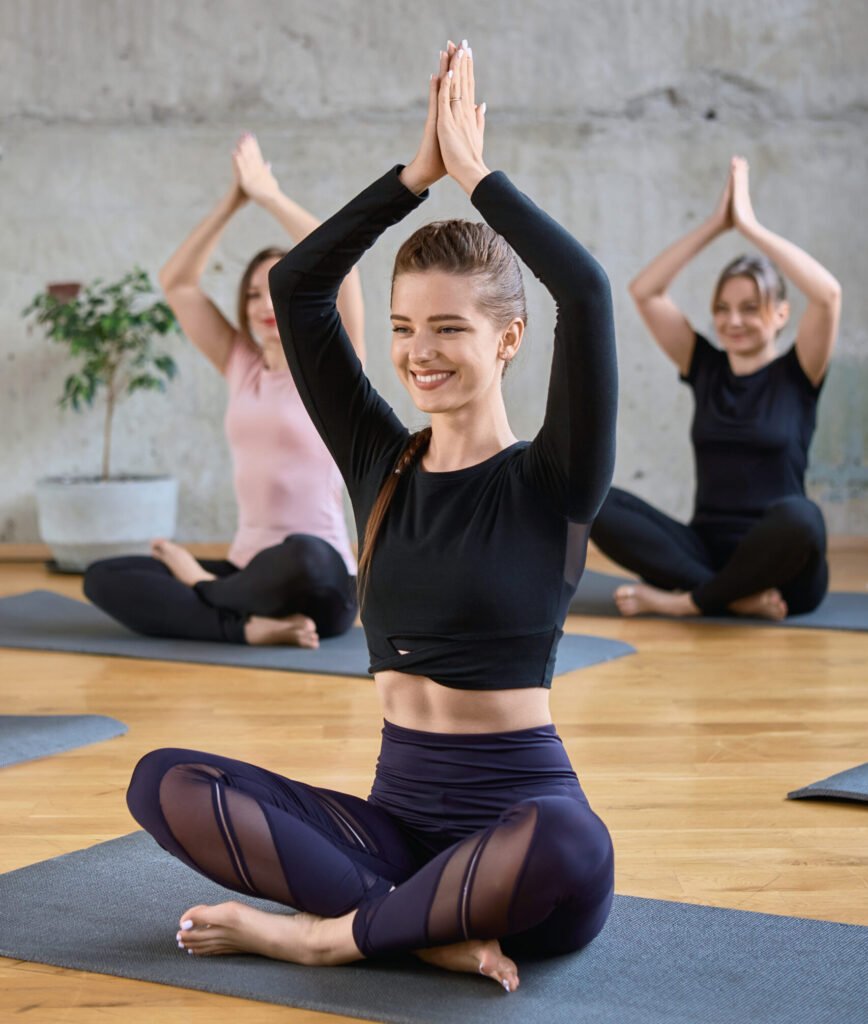
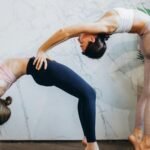


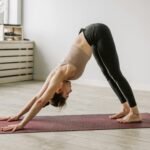

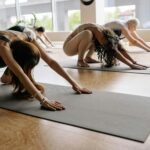
[…] Explore more partner yoga poses and dive deeper into the adventurous world of challenging yoga poses for partners. Let’s exceed our boundaries, strengthen our union, and embrace the journey ahead. […]
[…] you know that Thai yoga as another term, “Thai massage” or “Thai bodywork” is developed in ancient […]
[…] Explore more partner yoga poses and dive deeper into the adventurous world of challenging yoga poses for partners. Let’s exceed our boundaries, strengthen our union, and embrace the journey ahead. […]